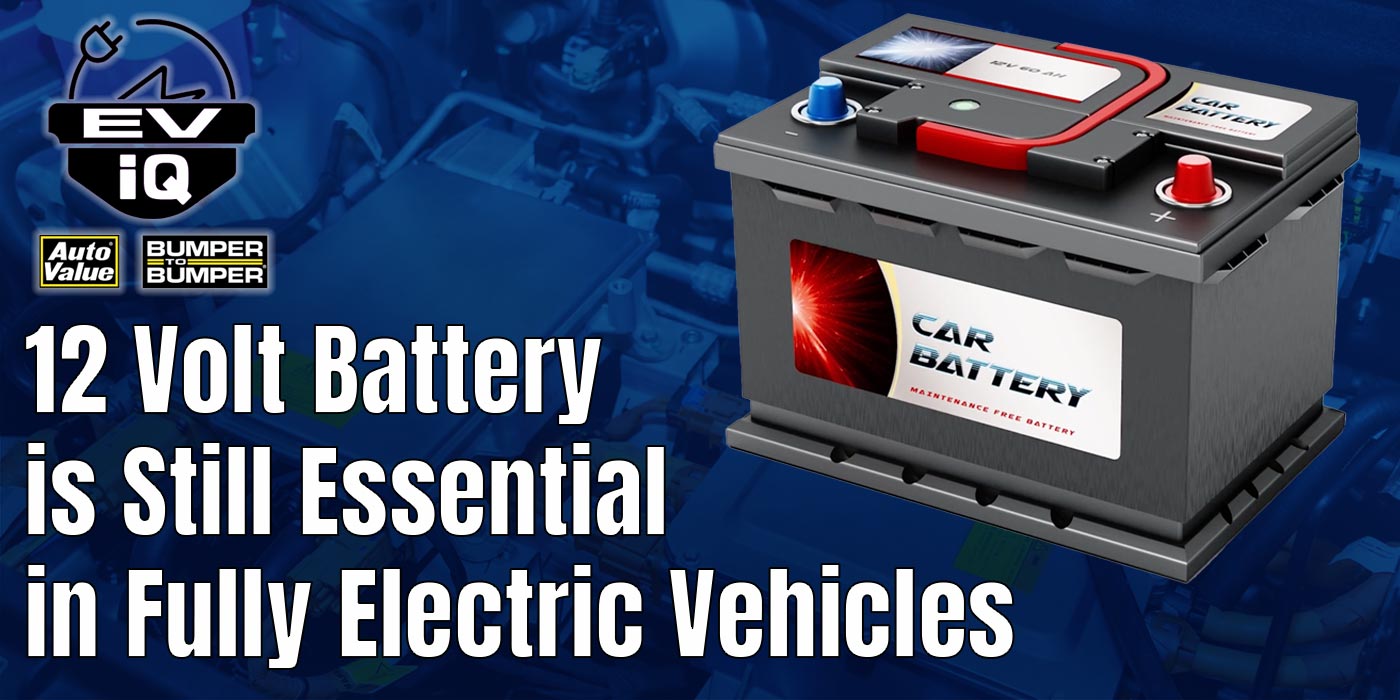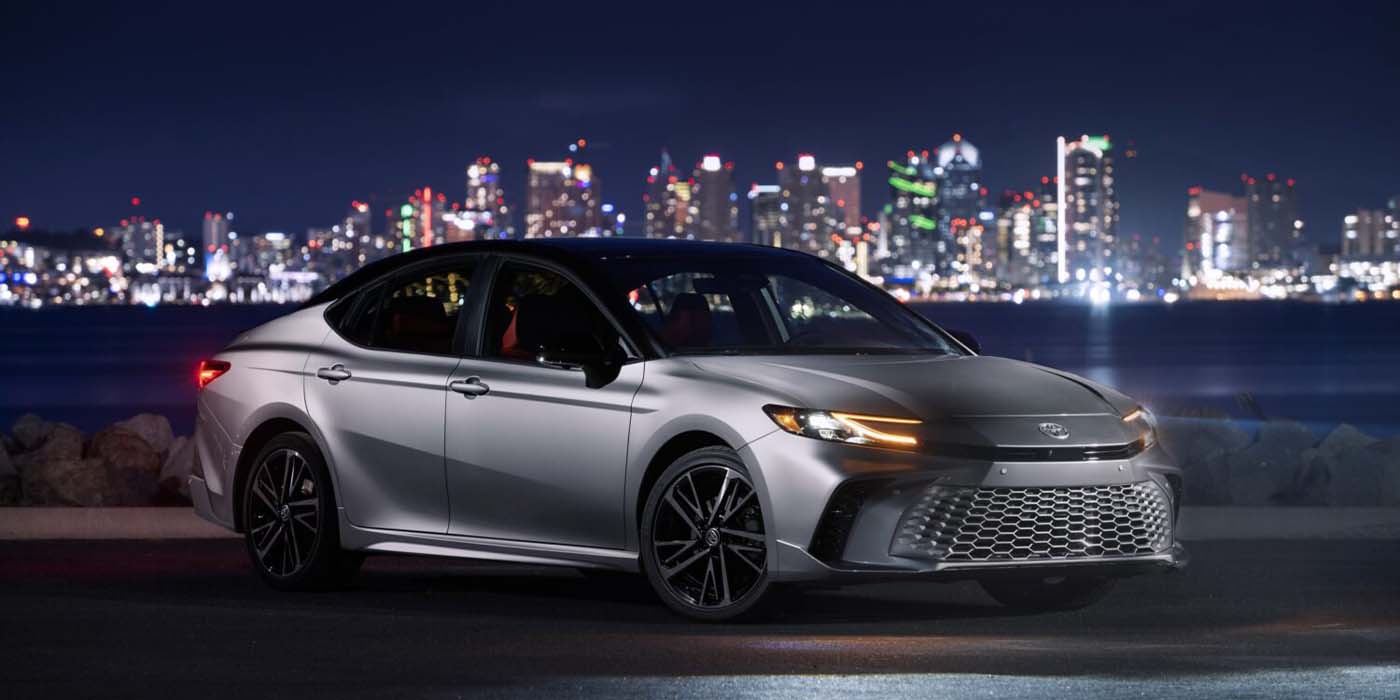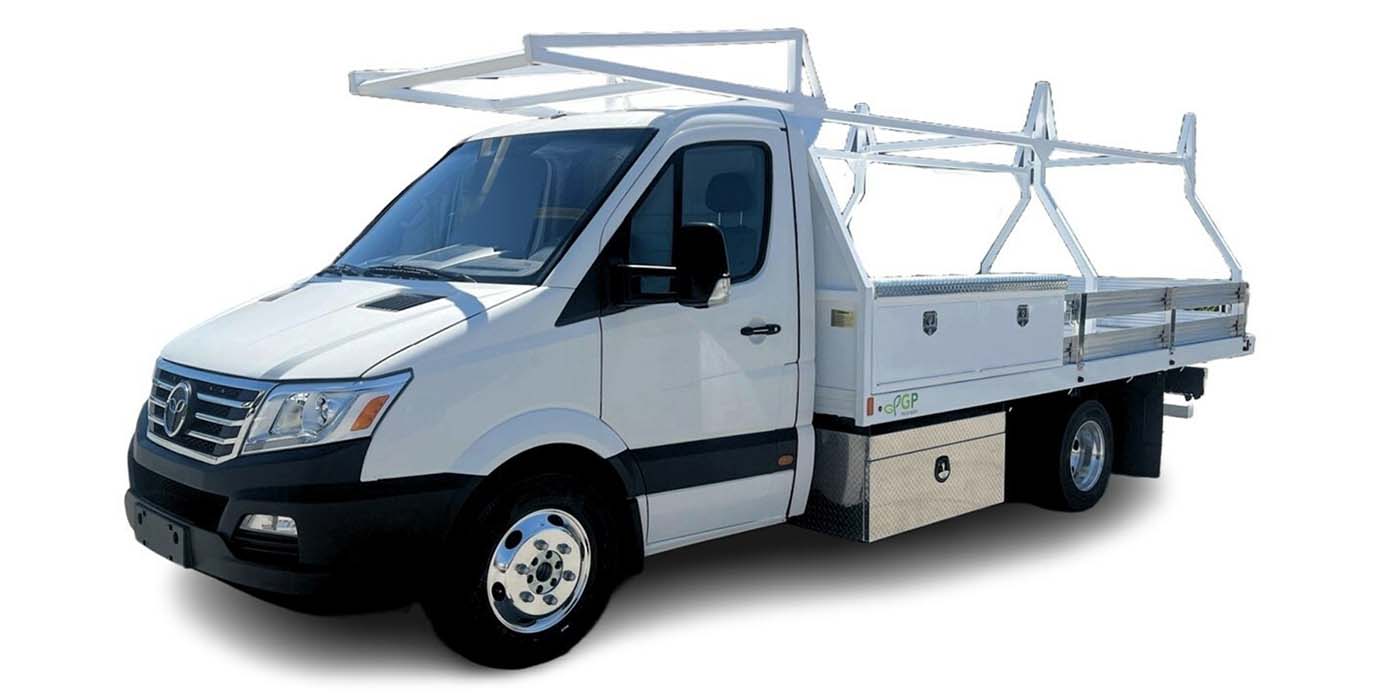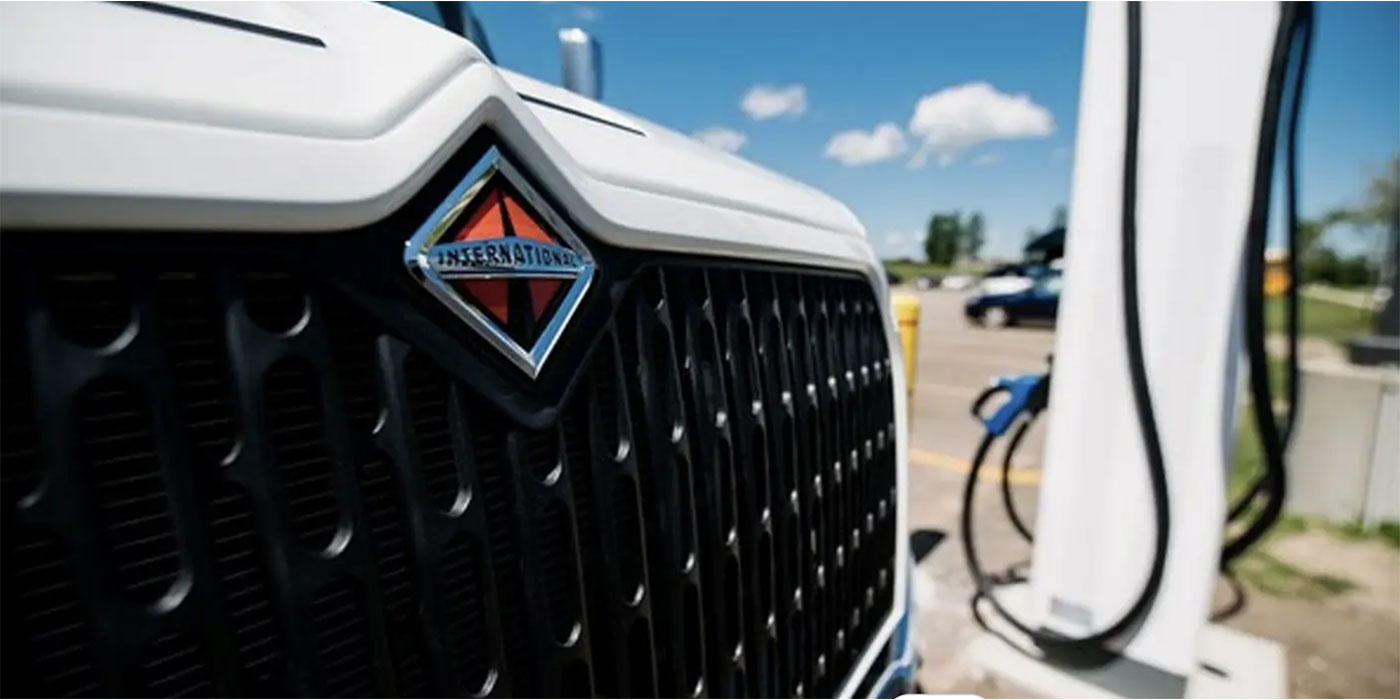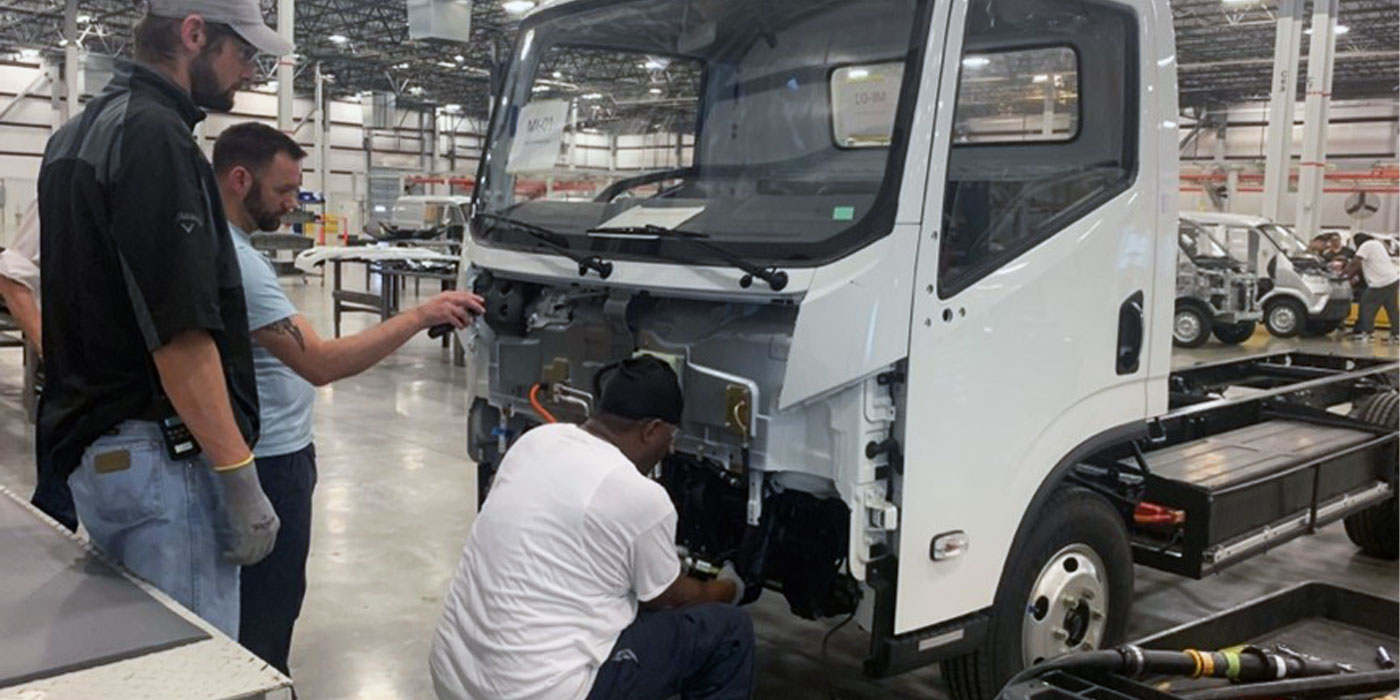I want to focus on two big EV trends from last year, and they’re on opposite ends of the spectrum. The first trend is on hybrid sales. Globally, do you think they went up or down year over year?
Up! They went WAY up!
In a recent report by independent market researchers IDTechEx, we see that non-plug-in AND plug-in hybrid sales have been surging over the past couple of years, with plug-in hybrid sales tripling year-on-year to over 600,000 vehicles in Europe alone in 2020.
But are hybrids going to stick?
Well, as IDTechEx points out, at their worst, hybrids are super confusing: Consumers go to the dealership and are faced with 48V mild hybrids, 48V full hybrids, full hybrid high voltage, plug-in hybrids, non-plug-in hybrids… To your average consumer, this is a lot to wrap your head around all at once.
It’s so confusing, in fact, that the Norwegian government actually banned misleading “self-charging” hybrid EV ads because drivers just weren’t plugging them in – they didn’t get it! The UK also reduced, and then removed incentives for plug-in hybrid EVs for the same reason.
At their best, IDTechEx calls hybrids a short-term transitional step toward zero-emission powertrains. They argue that sales surges of hybrids will likely be short-lived, because pure battery electric vehicles are the easiest way to meet emissions targets and are in high demand, so they will increasingly be prioritized.
So hybrids are on trend – not quite a “fad,” per se, but it’s hard to argue that they’ll be here for the long haul, either.
Speaking of long haul – The second trend for 2021 is heavy-duty trucking.
Four years ago, Tesla announced its Class 8 truck and put the trucking industry into go-mode. It responded with Peterbilt, Volvo, Freightliner, Mack and Kenworth fielding their own battery electric lineups and putting them into real-world fleet applications.
Ha, that was a nice gotcha from Tesla, huh? We’re… still waiting.
Today, electric truck powertrain technology has leveled the playing field, putting new names like BYD, Lion and Tesla next to those established industry players. Newcomers Lion, BYD, Orange EV, Lightning eMotors, Lonestar, and Motiv were all part of Run on Less—Electric – The North American Council for Freight Efficiency’s electric truck technology demonstration for 2021 – and they helped generate massive amounts of EV application data to study.
While the Tesla Semi is increasingly delayed to prioritize batteries for more profitable electric cars, in September 2021 Hyundai announced it would develop fuel cell variants for all its commercial vehicles by 2028.
Now, hydrogen fuel cells have low prospects in cars due to the high cost, the expensive hydrogen refueling infrastructure, high hydrogen fuel prices and questionable emissions reductions. But the range and refueling advantage for fuel cell electric vehicles means that heavy-duty applications like long-haul trucking or high-mileage bus operations, has progress building for this technology, and it will be interesting to see where it goes in 2022.

